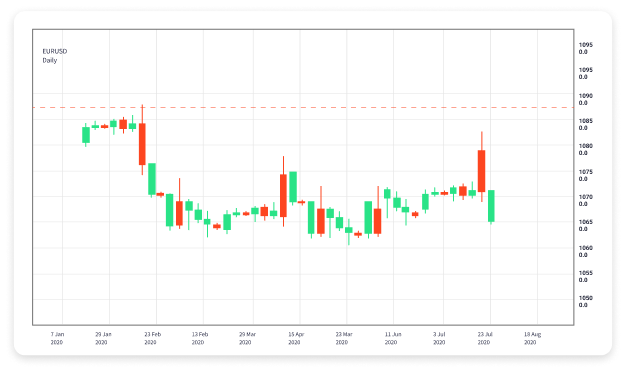Understanding Forex Trading Navigating the Foreign Exchange Market 1810561672

Understanding Forex Trading: Navigating the Foreign Exchange Market
The world of Forex trading, or foreign exchange trading, presents unique opportunities and challenges for investors. With an average daily trading volume exceeding $6 trillion, Forex is the largest and most liquid financial market in the world. As investors look to capitalize on fluctuations in currency values, understanding the foundations of Forex trading becomes essential. For valuable insights and resources, check out forex trading foreign exchange market https://trading-asia.com/, a comprehensive platform for traders.
What is Forex Trading?
Forex trading involves the buying and selling of currency pairs in order to profit from changes in their exchange rates. Unlike stock markets, the Forex market operates 24 hours a day, five days a week, allowing for trading at almost any time. Traders speculate on the value of one currency relative to another, and profits are generated based on the difference in exchange rates.
Currency Pairs and Quotes
In the Forex market, currencies are traded in pairs. Each pair consists of a base currency and a quote currency. For example, in the pair USD/EUR, the USD is the base currency and the EUR is the quote currency. The exchange rate indicates how much of the quote currency is needed to purchase one unit of the base currency. Understanding the mechanics of currency pairs is crucial for any trader.
Major, Minor, and Exotic Pairs
Currency pairs are categorized into three groups: major, minor, and exotic pairs. Major pairs include the most traded currencies, such as the USD, EUR, and JPY. Minor pairs do not include the USD but often involve other major currencies. Exotic pairs involve a major currency paired with a currency from a developing economy, increasing volatility and risk.
Forex Trading Strategies
To succeed in Forex trading, traders employ various strategies depending on their risk tolerance, investment goals, and market conditions. Here are some popular strategies:
1. Scalping
Scalping involves making numerous trades over short time frames to capture small price movements. Traders typically hold positions for only a few minutes, requiring a deep understanding of market trends and quick decision-making abilities.
2. Day Trading
Day traders open and close positions within the same trading day, avoiding overnight risks. This strategy relies on timely and informed decision-making based on real-time market analysis.
3. Swing Trading
Swing trading seeks to capture larger price movements over several days or weeks. Traders analyze price patterns and indicators to identify potential reversals or continuations, often using fundamental analysis to support their positions.
4. Position Trading
This long-term strategy involves holding trades for extended periods, based on broader economic trends and fundamental analysis. Position traders often rely on technical analysis to make decisions, but their focus remains on the long-term outlook of the currencies involved.
Tools and Technology in Forex Trading
Successful Forex trading often relies on a combination of analytical tools and technology. Here are some key resources:
1. Trading Platforms
Trading platforms such as MetaTrader 4 and 5 provide users with real-time market data, advanced charting capabilities, and access to various analysis tools. Choosing a reliable platform is essential for executing trades efficiently.
2. Technical Analysis Tools
Traders use technical analysis tools, including moving averages, RSI, and Fibonacci retracements, to understand market trends and make informed trading decisions. Mastery of these tools can significantly enhance a trader’s ability to predict currency movements.
3. Economic Calendars
Economic calendars track major economic events, indicators, and reports that may influence currency values. Traders must keep an eye on these releases to help anticipate potential market volatility.
Risk Management
Every trader faces risk in Forex markets, and implementing risk management strategies is vital to protect capital. Here are some techniques:
1. Use of Stop-Loss Orders
Setting stop-loss orders can help minimize potential losses by automatically closing a position at a predetermined price. This protects traders from market swings that could significantly impact their capital.
2. Position Sizing
Calculating the correct position size based on account balance and risk tolerance helps ensure trades are appropriate for each trader’s overall risk strategy.
3. Diversification
Diversifying investments across different currency pairs can reduce risk exposure. By spreading positions, traders can mitigate losses from any single pair.
Conclusion
Forex trading offers vast opportunities for those willing to put in the necessary time and effort. Understanding the intricacies of the foreign exchange market, employing effective trading strategies, utilizing technology, and managing risks are essential aspects of successful trading. Whether you are a beginner or seasoned trader, continuous learning and adaptation are key to thriving in this ever-evolving landscape. With the right tools and knowledge, anyone can navigate the Forex market and work towards achieving their financial goals.
